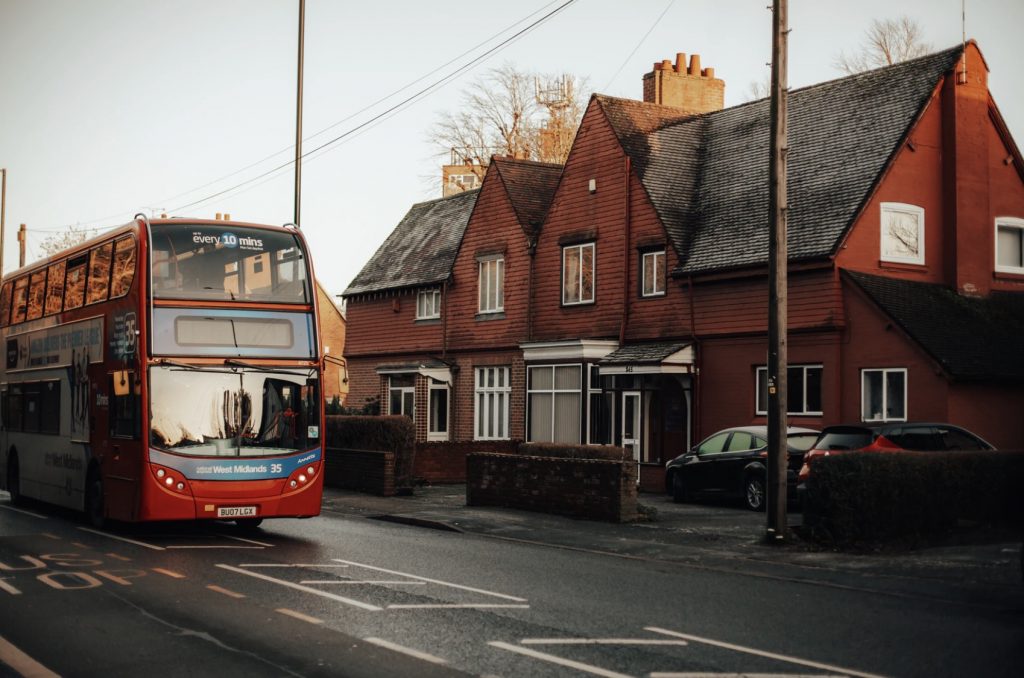Birmingham has been named as one of the most polluted cities in the United Kingdom, and now it’s taking a stand (mainly because it’s been told to). The clean air zone was introduced on April 8th 2019 and planned to cover a third of Birmingham’s roads.
This is an anti-pollution measure that took three years to install, but why does it need to exist at all?

We’ll talk about how this clean air zone works and why you should care!
– The clean air zone will only cover a third of Birmingham’s roads and is planned to last for three years.
– It’s an anti-pollution measure that aims to reduce the levels of nitrogen dioxide pollution in areas with high numbers of cars, buses, taxis, or lorries.
– Rolled out in 2021
The zone will be enforced with a £50 daily charge for diesel vehicles that enter or an ‘ultra-low emissions’ standard.
– Drivers will need to pay up in order to drive within these areas on weekdays between 07:00 and 18:00.
The system uses ANPR (Automatic Number-Plate Recognition) technology to track vehicles in the area.
But How does it work?
– The clean air zone uses ANPR technology to track vehicles in the area.
The new clean air zone will charge people to drive in Birmingham if their car is a high-polluting vehicle.
The system uses ANPR (Automatic Number-Plate Recognition) technology to track vehicles in the area. The charge does not apply for an emergency, only Monday through Friday from 07h until 18h UTC+01).
To reduce nitrogen dioxide pollution levels, which is high around Birmingham because of its many cars, buses, taxis and lorries – roll out 2021. They created this new clean air zone to reduce vehicles in the city.
There are three types of clean air zones – moderate, strict and ultra-strict. Birmingham is the first city in England to implement a clean air zone that has been designed specifically for an urban area rather than one that covers kilometres of rural land like London’s ULEZ charge does. The system uses ANPR (Automatic Number Plate Recognition) technology to track vehicles in the area.”
Birmingham City Council have rolled out this new clean air zone to reduce vehicles coming into the city – with their many cars, buses, taxis and lorries contributing to high nitrogen dioxide pollution levels which cannot be reduced by other means without affecting economic growth within Birmingham
Motorists who have driven vehicles in the last two years or more inside of Birmingham’s clean air zone will be eligible to be charged as of 1st January 2020.

How and when do I pay?
Drivers will be responsible for paying a fee. There will not be any alert sent to the driver other than signs on the side of the road. Motorists paying the clean air zone fee can either do so online or by phone. There is some flexibility around when you can pay.
If you want to drive, you can pay six days before or on the day. That is 13 days.
The clean air zone will not be enforced on the following dates:
– Saturday 31st December 2019 to Wednesday 12th January 2020 inclusive
– Monday 18th April 2020 to Sunday 30th September 2020 inclusive.
What about other vehicles?
Vehicles that are over two years old (as of today) and which do not have a valid exemption sticker issued by Birmingham City Council or an official MOT certificate for when they were last tested in Birmingham’s clean air zone, could face fines. Those who can prove residency outside of the city limits but work within it also qualify as exempt from paying these charges. This is because council officers will only enforce against those who live inside the relevant area 24 hours per day.
How will the council tell if I have entered the zone?
The council has released 67 ANPR with AI technology that will automatically scan number plate to monitor cars and drivers in the clean air zone.
The ANPR cameras will be operational on the following roads:
– Pershore Road, Edgbaston
– A41 Bristol Road, Hockley Heath
– Warstone Lane from Stratford Road to Balfour Drive and vice versa. The council has also installed an information sign at each entrance of the zone which informs drivers about when they have entered or left it for a period of 24 hours. What are fines?
The maximum penalty per journey is £200 and if you don’t pay within 14 days your vehicle could face being clamped/impounded without warning.

